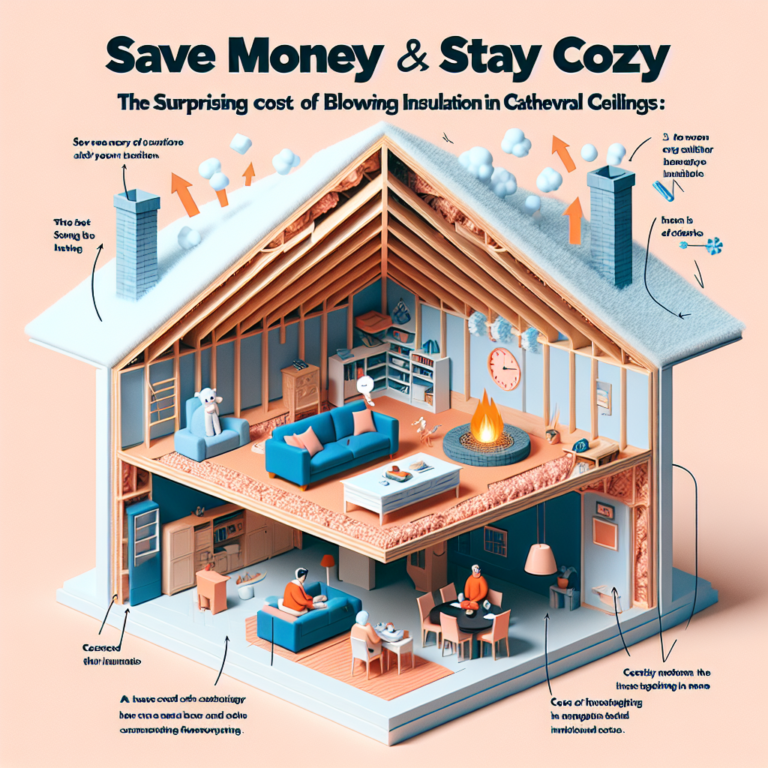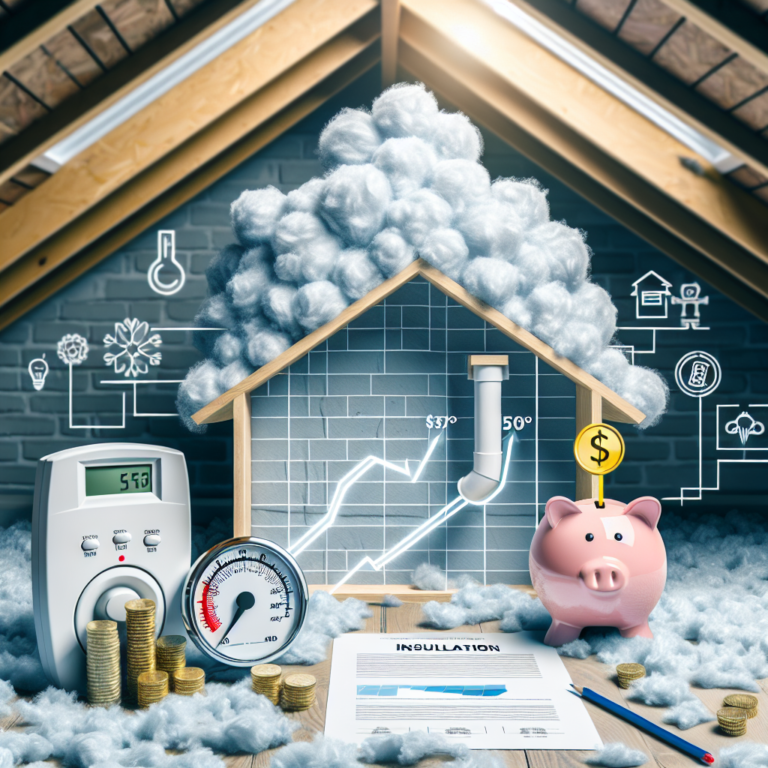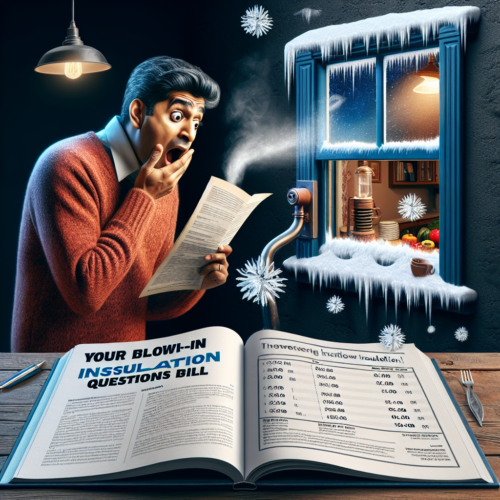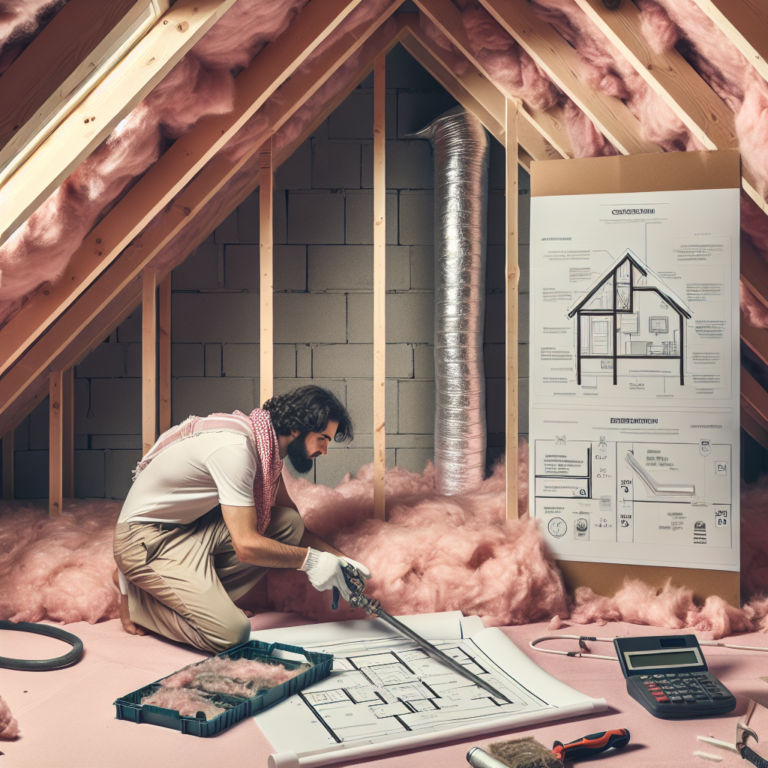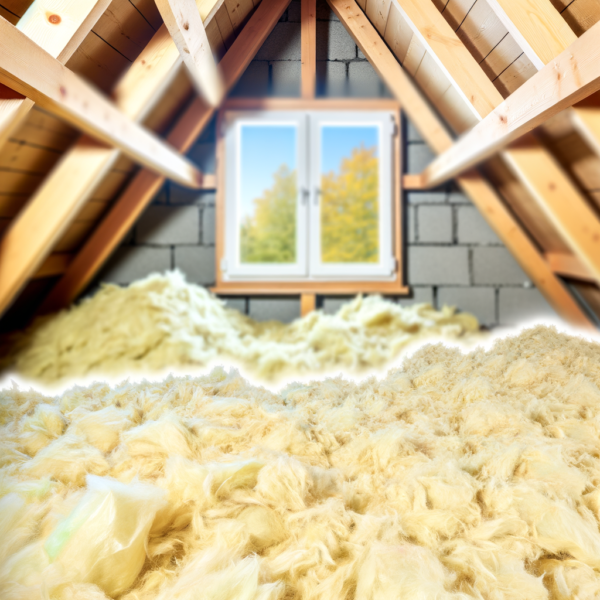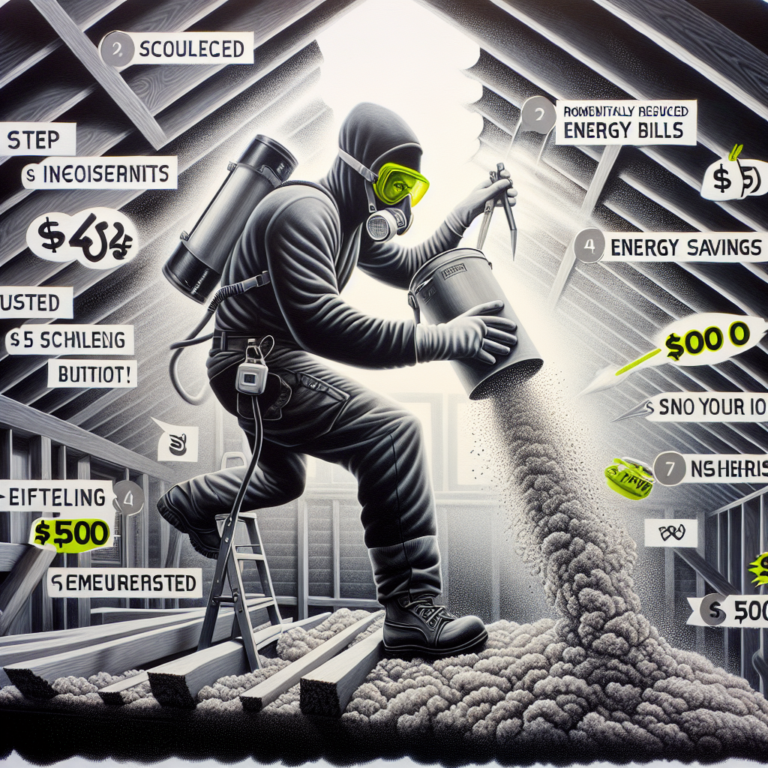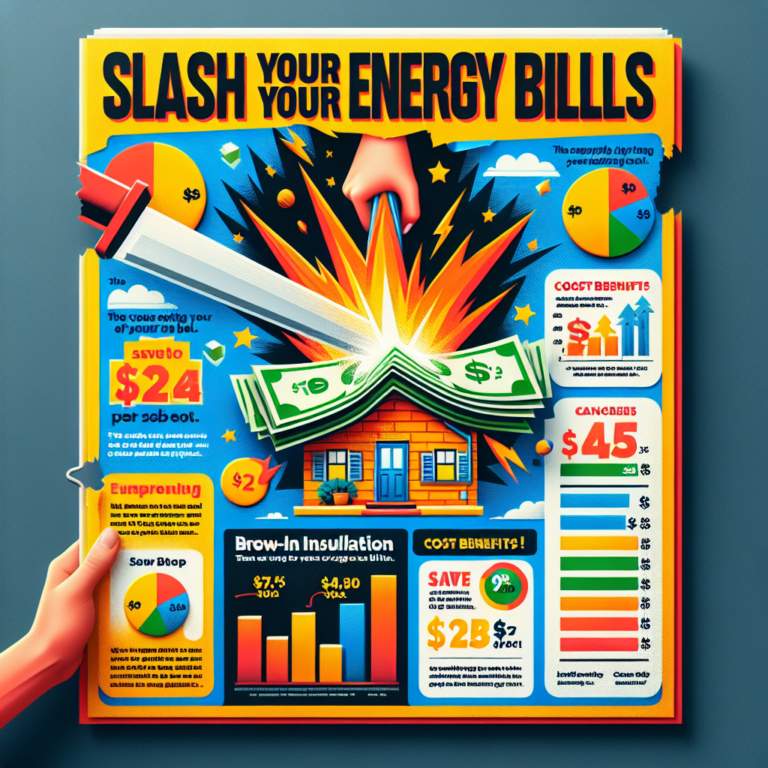Save Money and Stay Warm: The Truth About Loose Blown Insulation Costs
Introduction
When it comes to cutting energy bills and maintaining a comfortable home year-round, loose blown insulation is a game-changer. This versatile, affordable material fills every nook and cranny of your attic, sealing out drafts and trapping conditioned air inside. But how much does loose blown insulation really cost? In this article, we’ll break down the factors that influence pricing, explain how to calculate your investment, and show you why this solution delivers unbeatable long-term savings.
H2 The Benefits of Loose Blown Insulation for Attics: A Cost-Effective Solution
Loose blown insulation—also called blown-in insulation—uses tiny fibers of fiberglass or cellulose to form a seamless thermal blanket. Here’s why homeowners love it:
• Complete Coverage: Unlike batts or rolls, loose blown insulation conforms to irregular joists, wiring and plumbing, eliminating gaps that let heat escape.
• Rapid Installation: Professionals can insulate a typical attic in just a few hours, cutting labor costs compared with time-intensive batt installation.
• Superior R-Value: High-quality cellulose or fiberglass fibers deliver excellent resistance to heat transfer, helping your heating and cooling systems run less often.
• Noise Reduction: The dense, irregular fibers also dampen sound, making your living spaces quieter.
• Eco-Friendly Options: Many cellulose products are made from recycled paper treated for fire and pest resistance, giving you a greener choice.
• Long-Term Performance: When installed correctly, loose blown insulation maintains its shape and effectiveness for decades, avoiding settling or degradation.
H2 Calculating the Average Cost of Loose Blown Insulation for Attics
Estimating your project cost is straightforward once you understand the key variables:
1. Attic Size (Square Footage)
• 1,000 sq ft: expect $1,000–$2,000 total
• 2,000 sq ft: expect $2,000–$4,000 total
2. Insulation Material
• Fiberglass loose fill: $0.50–$1.50 per sq ft
• Cellulose loose fill: $1.00–$2.00 per sq ft
3. Existing Insulation Removal
• Removal adds $1–$2 per sq ft if old fiberglass or wet cellulose must be hauled away.
4. Labor Rates and Equipment
• Professional labor: $40–$70 per hour
• Equipment rental: often included by contractors; DIYers can expect $50–$100 per day.
5. Regional Variations
• Costs rise in high-wage or remote areas. Always request local quotes.
6. Additional Prep Work
• Air sealing, vent baffles and minor attic repairs may add 10–20% to the overall cost—but they boost performance and protect your investment.
Tip: Seek multiple bids from certified insulation installers. Ask for a breakdown of material, labor and any recommended prep to compare apples to apples.
H2 Maximizing Energy Efficiency with Loose Blown Insulation: Cost Savings and Beyond
Investing in quality attic insulation pays dividends far beyond the installation day:
• Up to 20% Savings on Heating & Cooling: According to the U.S. Department of Energy, sealing your attic with loose blown insulation can reduce energy bills by up to one-fifth.
• Extended HVAC Lifespan: With less strain on your heating and cooling systems, you’ll face fewer repairs and delay costly replacements.
• Year-Round Comfort: Consistent attic temperatures keep upstairs rooms warmer in winter and cooler in summer, eliminating hot or cold spots.
• Reduced Carbon Footprint: Lower energy use translates to fewer greenhouse gas emissions, helping you live more sustainably.
• Potential Rebates and Tax Credits: Many utilities and government programs offer incentives for homeowners upgrading to energy-efficient insulation. Check your local offerings before you commit.
H2 Common Questions About Loose Blown Insulation Costs
Q1: How long does loose blown insulation last?
A1: Properly installed loose fill maintains its R-value for 20–30 years or more, with minimal settling.
Q2: Can I install loose blown insulation myself?
A2: DIY is possible with rented equipment, but improper installation leads to gaps or over-compaction. Professional installers ensure consistent depth and coverage.
Q3: Will loose blown insulation control moisture and pests?
A3: Fiberglass resists moisture but won’t seal air leaks; cellulose is treated for mold and pests but must be paired with air sealing. Always address leaks before insulating.
Conclusion
Loose blown insulation offers an unbeatable combination of affordability, performance and environmental benefits. By understanding the factors that drive cost—attic size, material type, labor rates and prep work—you can budget accurately and maximize your return on investment. Whether you choose fiberglass or cellulose, professionally installed loose blown insulation will seal out drafts, slash energy bills and keep your home cozy for years to come. Ready to save money and stay warm? Explore loose blown insulation options today and take the first step toward a more comfortable, efficient home.


